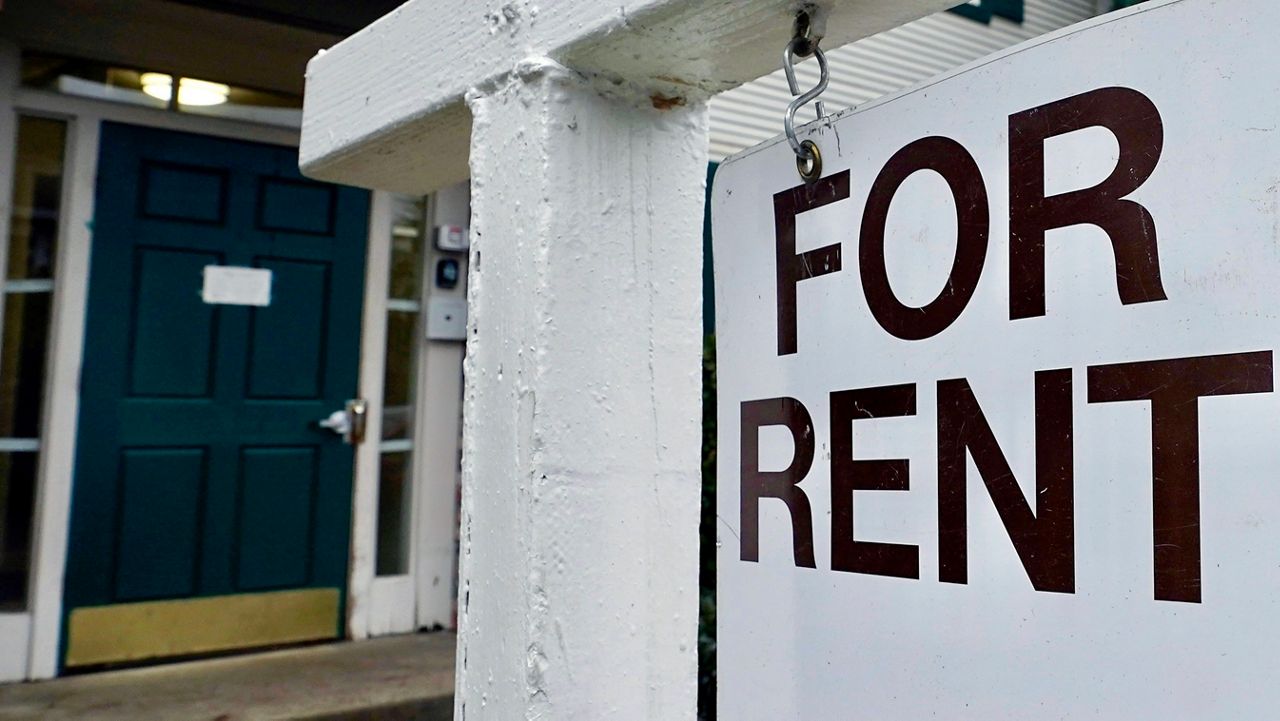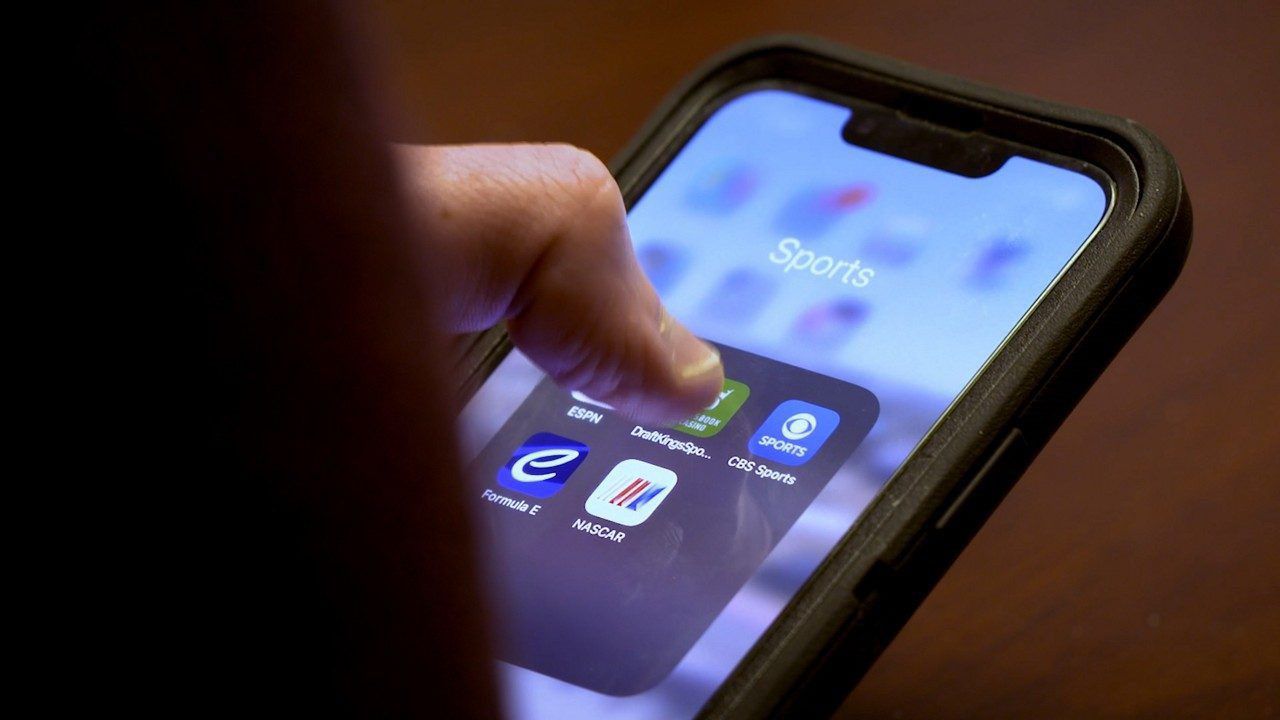SAN ANTONIO — Frank Jimenez grew up in a bakery.
“I was probably in teenage years, getting up at 3 o’clock in the morning,” Jimenez said.
He’s carrying his family’s nearly 60-year legacy as a “panadero” (baker) and owner of Panaderia Jimenez Coffee. Now, Jimenez has to pace himself after being diagnosed with long COVID.
“Having to see doctors that you would never had to go see,” Jimenez said. “From a cardiologist dealing with your heart to your pulmonologist, that’s your lung doctor.”
His neighbor Anthony Medrano said he always carries an inhaler as he too has long COVID. Medrano says his lungs are his livelihood.
“I’m a musician with Mariachis Campanas de America,” Medrano said. “I find it more challenging now to do those things that came natural to me.”
Dr. Barbara Taylor, a professor for infectious diseases at the University of Texas Health Center at San Antonio, says these are symptoms she’s researched.
“By mid-2020 we knew that there were folks who were having symptoms long after they should have finished having COVID,” Taylor said.
Taylor helped lead the study “PREVAIL South Texas,” which launched in fall 2021 and was the first in Texas to study the lasting effects of COVID.
“We started defining what long COVID is,” Taylor said. “What are the symptoms clusters that people experience with long COVID because everybody is different?”
Medrano says he has brain fog.
“Some people have gastrointestinal distress, others have chronic lung disease,” Taylor said.
Now, the study has led to new findings. One of them is that the COVID vaccine helps protect against long COVID.
“One of our investigators here, Dr. Dimpy Shah, led a study that showed long COVID is more common with women than in men,” Taylor said.
Women have a 31% higher risk of having long COVID. Artist Isabel Castro’s left lung partially collapsed because of long COVID.
Fatigue wears her down. Like Medrano, she has to carry an inhaler with her, forcing her to work part time and complete art commissions when has the energy.
“Accepting to learn that I need to use mobility aides sometimes,” Castro said. “I think people think disability comes with old age, but it can happen at anytime.”
Castro spent over a thousand days learning about her symptoms — adapting to them.
“Pre-COVID, I can be in that cumbia circle for hours,” Castro said. “Now, it’s like ‘I’m sorry, I will see y’all another day’.”
Doctors are hoping to make life easier for people like Castro, Medrano and Jimenez.
“The most important thing is we want treatment, so that instead of having to manage all of these symptoms so that we could prescribe a treatment that works,” Taylor said. “That’s why we are focused on evidence-based therapeutics.”







